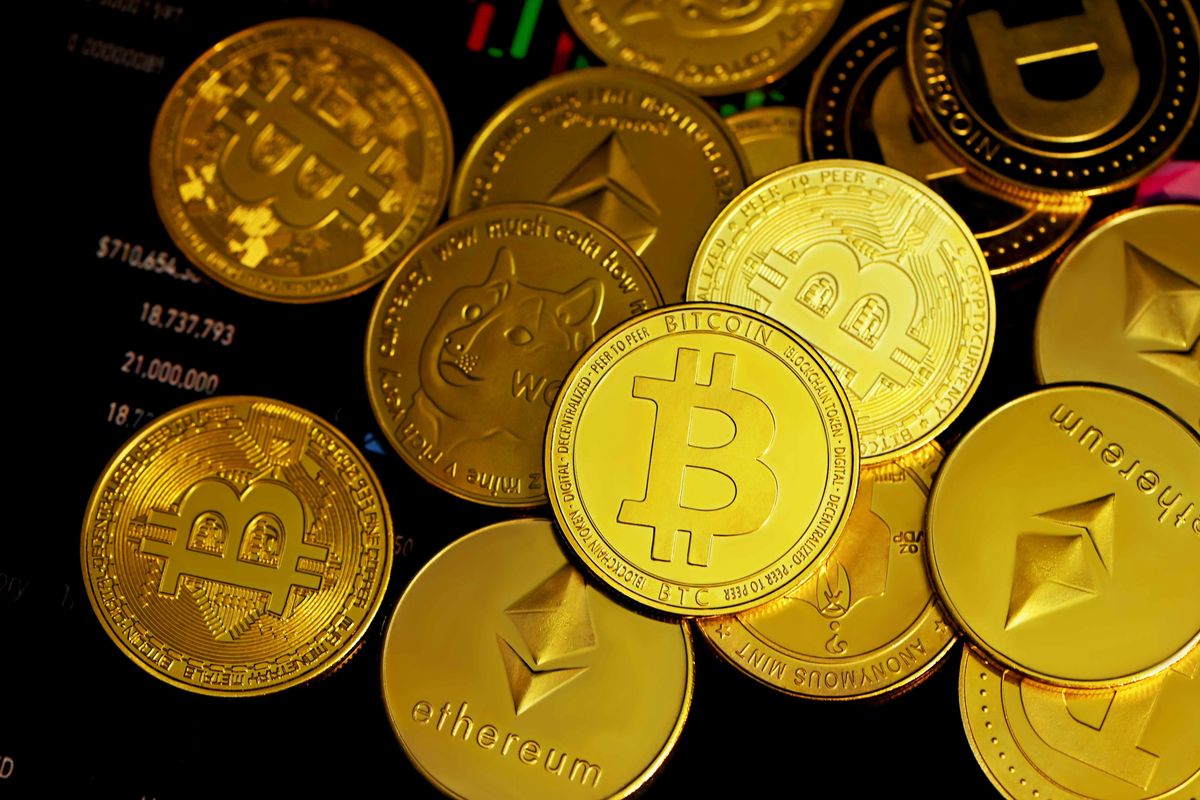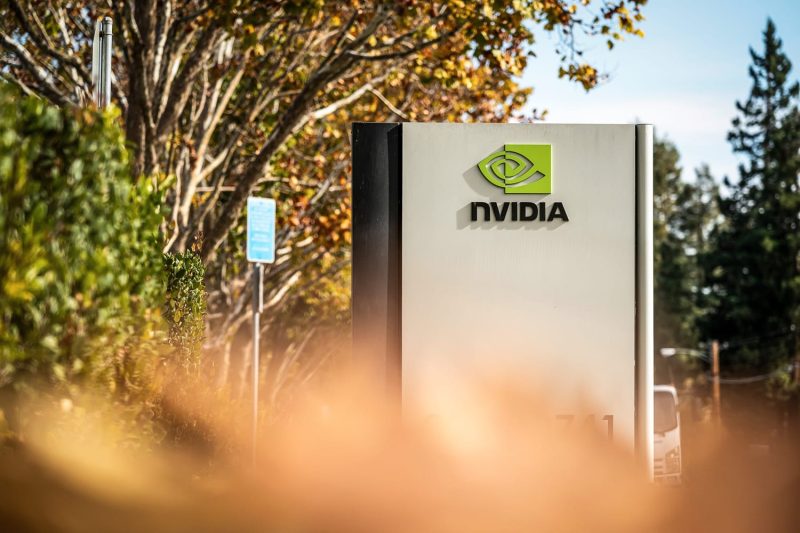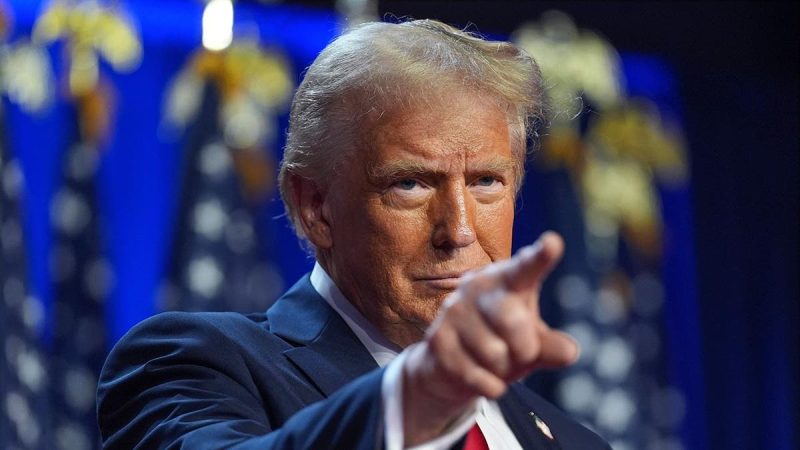

Altcoins are a hot topic in 2025 amidst regulatory shifts and political changes, and investors interested in crypto should take time to learn about the broader altcoin ecosystem and top altcoins to watch.
Read on for a look at altcoin trends and the top altcoins to watch in 2025, as well as tips for investing in altcoins to diversify your portfolio.
What are altcoins and are they a good investment?
The term altcoins refers to alternative cryptocurrencies, meaning all cryptos other than Bitcoin. Opinions on whether or not Ethereum is still considered an altcoin vary.
In terms of whether altcoins are a good investment, exposure to altcoins can give investors access to potential profit opportunities beyond the market’s two top cryptocurrencies, as well as the wide variety of utilities altcoins cover.
However, just like investing in traditional markets, investing in cryptocurrencies has its risks. Cryptocurrencies are known for their volatility, experiencing pronounced swings in response to both positive and negative developments, and this can be more pronounced for altcoins with lower market caps. Read on to learn more about the forecast for altcoins this year and how to evaluate them to decide which to invest in.
Forecast for altcoin prices in 2025
Crypto is in a bull market that is likely to continue this year, with tailwinds including the potential approvals of altcoin ETFs and a crypto-friendly administration in the US.
“(But) when you look at the overall picture, I think (the market) is going to be very positive in 2025. You’re going to have altcoins that have runs. You’re going to have altcoins that are going to have triple-digit percentage gains this year.”
As for what markets could like like quarter to quarter, he anticipates a strong first quarter in 2025, particularly February and March. Through Q2 and Q3 of the year he expects increased volatility, followed by another rise in late Q3 and Q4.
However, he expects this is the last year of this bull market and we could see a potential market downturn early next year. This would align with the typical four-year cycle observed in the crypto space.
“A lot of this is also dependent on a very big macroeconomic factor, which is global money supply,” Utkarsh continued. “We have all this other stuff happening, wars and pandemics and this and all these other things, but that one piece, in my opinion, I feel out influences any other factor driving these markets.”
A December 2024 Haver analysis of money supply in major economies, including the US, Eurozone and Japan, indicated positive growth over the preceding 12 months, a period during which labor markets remained strong and inflation lessened.
A positive macroeconomic climate encourages investors to take on more risk, which benefits the cryptocurrency market. New capital entering the crypto space often flows into Bitcoin first, and subsequent price increases then draw attention to and boost interest in altcoins.
“I think we’re very close to the true definition of alt season, (which) is when 75 percent of the top 50 coins have outperformed Bitcoin in the last 90 days,” Utkarsh explained. “While we’re not there yet, we’re seeing what we see every cycle: the large caps are going off.”
SOL, XRP and SUI are three notable examples of altcoins that have seen triple digit gains in the last year.
At US$234 at the time of writing, SOL, the token of the Solana blockchain, is up 150 percent year-over-year. Sui, which unlocked 64.19 million SUI tokens worth approximately US$338.8 million on January 1, 2025, has also had an impressive run, up 184 percent over the same time period. Lastly, Ripple’s token XRP has seen massive annual gains of over 460 percent, with the majority of those gains coming since November 2024.
Institutions have applied to list exchange-traded funds (ETFs) for all three of those cryptos, and many market watchers expect them to launch in 2025.
“I actually see the potential for multiple ETFs to be filed. Not just for XRP and Solana, but also for combination ETFs, like Bitcoin and Ethereum, or a combination of a few together. Maybe not completely new ones, but the existing ones packaged together,” Utkarsh said.
Meanwhile, Bitcoin’s dominance is shrinking, with its market share down to 57 percent from 60 percent in November 2024.
Despite the significant potential rewards, Utkarsh urges investors to be mindful of the risk. “One thing I tell people is that when you’re at the height of the bull market, to achieve triple-digit gains we will have double-digit drawdowns.”
The price swings observed in Bitcoin following President Trump’s election in November, which included both substantial gains and sharp declines, illustrate the potential for rapid changes in market sentiment and value.
Altcoin trends and uses in 2025
Utkarsh explained how early altcoin performance often foreshadows the dominant trends of a crypto cycle and discussed a variety of narratives he is seeing in the altcoin space.
Projects like Render, ICP, Near Protocol and Fetch.ai operate within the artificial intelligence (AI) narrative and are poised for growth thanks to surging demand for AI infrastructure and data processing.
“I feel another narrative that’s poised for massive growth is tokenization,” Utkarsh said, “and (a strong) player in that (space) is Ondo Finance.”
Ondo Finance provides the infrastructure for tokenizing real-world assets. BlackRock utilized that infrastructure to launch BUIDL, a tokenized money market that gives investors access to tokenized short-term US government bonds.
“The gaming narrative is also interesting because I think there’s a lot of initial coin offerings (ICOs) that are coming in this space,” Utkarsh continued. “One of the strong gaming players is IMX, (the token of a company called) Immutable X.”
Immutable X is a platform built on top of the Ethereum blockchain. The platform makes creating and trading non-fungible tokens (NFTs) easier, faster and cheaper with a technology called zk-rollups to bundle transactions together. IMX is used for things such as paying fees on the platform.
During the discussion, Utkarsh emphasized the importance of utility as well as marketing within the crypto space, highlighting that its relevance spans various sectors of the market.
“There’s so many companies that have massive utility potential, but they’re just not being utilized in that way,” he said. ‘But I think when you’re in an asset class that’s still fairly early, it is so important for founders and leadership to understand market dynamics and not just geek out on the technology. The companies that I feel are going to make it in this cycle are the ones that already have done a big push from a marketing standpoint.”
To illustrate this point, Utkarsh compared Render, a decentralized graphic processing unit rendering network, to Aethir, a less well-known but potentially more powerful competitor. Utkarsh also observed that meme coins are demonstrating genuine utility within the gaming community.
“In fact, we’re even invested in a gaming company right now, (Hexagon Studios), that’s about to go ICO, and they’re launching a meme coin that can be used within games. It’s not just a coin for trying to make money, they’re actually using the coin for some utility to do in-game purchases and all that stuff, but making it a little bit fun.’
While Utkarsh expressed optimism that the narrative around meme coins could shift, he emphasized that they are still an inherently risky investment, often associated with fleeting internet trends and speculation. This was evidenced by US President Trump and First Lady Melania Trump’s meme coins, launched on January 17 and 19, that raked in billions within hours only to reverse course. Crypto watchers have criticized the projects for holding the majority of tokens in one wallet.
How to choose altcoins for your crypto portfolio
Investors are likely wondering how to find the next big altcoin. Utkarsh advises utilizing data-driven metrics — such as token unlocks, sector performance, partnerships, news events, and economic data releases — to identify promising altcoin investment opportunities.
He also explained that investors should keep their risk tolerance in mind when considering the market cap of a coin. Larger-cap coins tend to be more suitable for longer-term holding, while mid-cap and low-cap coins might offer greater potential for shorter-term gains but higher risk of losses as well.
As for how to build a crypto portfolio, diversification is important for mitigating risk and maximizing the potential for returns.
“If we take microcaps out of the equation, I think by putting about 50 percent in large cap, 30, maybe even 35 percent in mid-cap, and potentially 15 to 20 percent in low cap, that could be a healthy balance,” Utkarsh said. “If you want growth, I don’t feel that you should be in about like 15 different companies; that being said, I don’t think you should be in like two companies either.”
Top altcoins to watch in 2025
So, which altcoins are the best in 2025? This list of altcoins to consider investing in includes crypto with strong fundamentals, real-world utility, active communities and innovative technology that could benefit various industries.
This list of top altcoins is arranged by market cap. Market cap and total value locked (TVL) — which refers to the overall value of assets deposited in a DeFi protocol — were gathered from CoinGecko and DefiLlama, respectively, on January 27, 2024.
1. Ripple (XRP)
Market cap: US$174.56 billion
Total value locked: US$77.45 million
Price: US$3.02
While Ripple has a smaller DeFi ecosystem compared to other blockchains like Ethereum or Solana, its strength lies in its focus on cross-border payments and institutional adoption. This positions Ripple as a key player in traditional finance, with the potential for increased demand and value appreciation driven by factors outside of the DeFi space.
There is wide speculation that the new US Trump administration will result in a favorable resolution of Ripple’s lengthy legal battles with the US Securities and Exchange Commission (SEC). CEO Brad Garlinghouse and Chief Legal Officer Stuart Alderoty met with President-elect Donald Trump for dinner on January 7. While details of the meeting weren’t revealed, the news sent interest in its token, XRP, up 2.63 percent as the rest of the crypto market pulled back.
Additionally, at least seven financial institutions have applied to the SEC to offer XRP ETFs focused exclusively on the token, while several others have applied for diversified crypto ETFs with a basket of coins, including XRP.
2. Solana (SOL)
Market cap: US$113.8 billion
Total value locked: US$12.73 billion
Price: US$234.08
Known for its high transaction speed and low fees, Solana has been a major player in the NFT and DeFi space. It’s often seen as a competitor to Ethereum, surpassing Ethereum in terms of trading volume since Q4 2024. This surge has been attributed to the rise of meme coins on the Solana blockchain, such as Doge on Solana (SDOGE), a wrapped version of the original Dogecoin (DOGE).
The value of its token SOL has increased by over 200 percent year-over-year. Institutions that have applied to the SEC for SOL ETFs include VanEck, 21Shares, and Cboe Global Markets.
3. Cardano (ADA)
Market cap: US$33.37 billion
Total value locked: US$563.81 million
Price: US$0.93
Cardano is a proof-of-stake blockchain that prioritizes a methodical, research-based approach to development, with a focus on security and scalability for smart contracts and dApps.
Analysts such as Peter Brandt and Altcoin Sherpa predicted earlier in January that ADA could be headed for a bull rally based on a double-bottom pattern formed year-over-year that demonstrates a long period of price stability and accumulation, an indication of underlying support from buyers.
At least three financial institutions have filed for Cardano ETFs in 2025.
4. Chainlink (LINK)
Market cap: US$15.27 billion
Total value locked: US$1 billion
Price: US$23.88
Chainlink is a decentralized oracle network that provides real-world data to smart contracts across various blockchains, enabling DeFi applications and other use cases requiring secure external data. In November 2024, Trump’s World Liberty Financial adopted Chainlink’s technology, a partnership that allowed World Liberty to offer more reliable and secure services.
Later, Cointelegraph reported on January 20 that Trump had purchased US$4.7 million worth of LINK as part of an over US$50 million cryptocurrency spending spree. The news sent LINK’s price above US$25.00 for the first time since December 12. Trump’s interest in Chainlink could indicate a growing recognition of the potential and value of decentralized oracle networks within the crypto industry.
5. Avalanche (AVAX)
Market cap: US$13.99 billion
Total value locked: US$1.43 billion
Price: US$34.01
Avalanche is a layer-1 blockchain that aims to address the scalability limitations of older blockchains like Ethereum. It boasts high throughput and fast transaction speeds, making it suitable for demanding applications like decentralized exchanges and gaming. Its token AVAX is used to pay transaction fees, and users can participate in securing the network by staking AVAX tokens.
Analysts at InvestingHaven predict that AVAX could reach prices between US$29.02 and US$95.11 in 2025, citing its Fibonacci retracement level as a critical indicator for a potential long-term reversal. While no ETFs have been filed specifically for AVAX yet, its growing ecosystem and focus on subnets could position it for increased adoption and potential price appreciation in the coming years.
6. Sui (SUI)
Market cap: US$11.84 billion
Total value locked: US$1.74 billion
Price: US$3.94
Sui is a layer-1 blockchain that uses an object-centric data model and the Move programming language, a design that improves the efficiency and security of smart contract development and execution.
Despite its relatively recent ICO launch in May 2023, SUI has exhibited remarkable growth, with its value increasing by over 180 percent year-over-year at the time of this writing. One analyst, @CryptoELITES, shared his price predictions on January 22, including a high of US$40 by the end of this bull run.
7. Litecoin (LTC)
Market cap: US$8.62 billion
Total value locked: US$3.3 million
Price: US$114.33
Litecoin is one of the oldest and most established altcoins. It offers faster transaction speeds and lower fees compared to Bitcoin, making it a viable option for everyday transactions. It is often referred to as the silver to Bitcoin’s gold.
Canary Capital filed to offer a spot Litecoin ETF in October 2024, and provided the SEC with an updated application on January 16. Bloomberg ETF analyst Eric Balchunas predicts that Litecoin could be the next coin approved for a spot ETF.
8. Aave (AAVE)
Market cap: US$4.57 billion
Total value locked: US$21.29 billion
Price: US$303.92
Aave is a decentralized lending and borrowing protocol that allows users to earn interest on their crypto assets or borrow against their holdings. It was named the number two lending platform by BeinCrypto due to its broad multichain accessibility and low annual percentage yield.
Aave received a significant sum of US$6.9 million from Trump’s World Liberty Financial on January 22 during a crypto buy-up that also included LINK, TRON, USDC, ETH and wrapped Bitcoin (wBTC), a token on the Ethereum blockchain that’s backed by Bitcoin.
9. Algorand (ALGO)
Market cap: US$3.2 billion
Total value locked: US$145.9 million
Price: US$0.38
Algorand is a proof-of-stake blockchain platform that is gaining traction in various sectors, including DeFi, NFTs and supply chain management. Algorand’s focus on sustainability, its strong technical foundation and its growing ecosystem make it a contender in the blockchain space. As of writing, ALGO is up over 11 percent month-over-month and over 8 percent over the past 14 days.
On January 3, the Algorand Foundation shared its latest update, rolling out a staking program that will reward validators with 10 ALGO per block.
Securities Disclosure: I, Meagen Seatter, hold no direct investment interest in any company mentioned in this article.
This post appeared first on investingnews.com


























